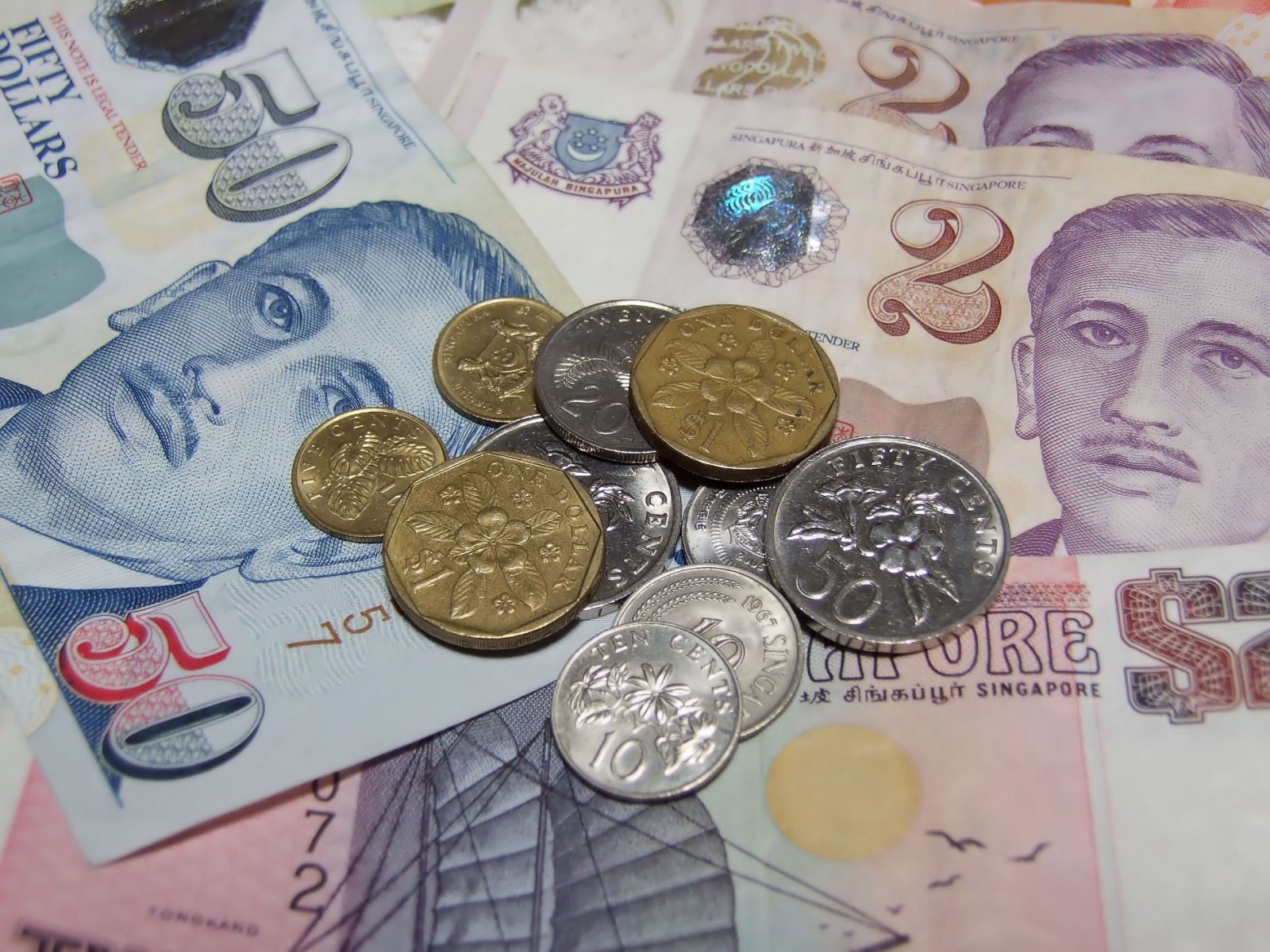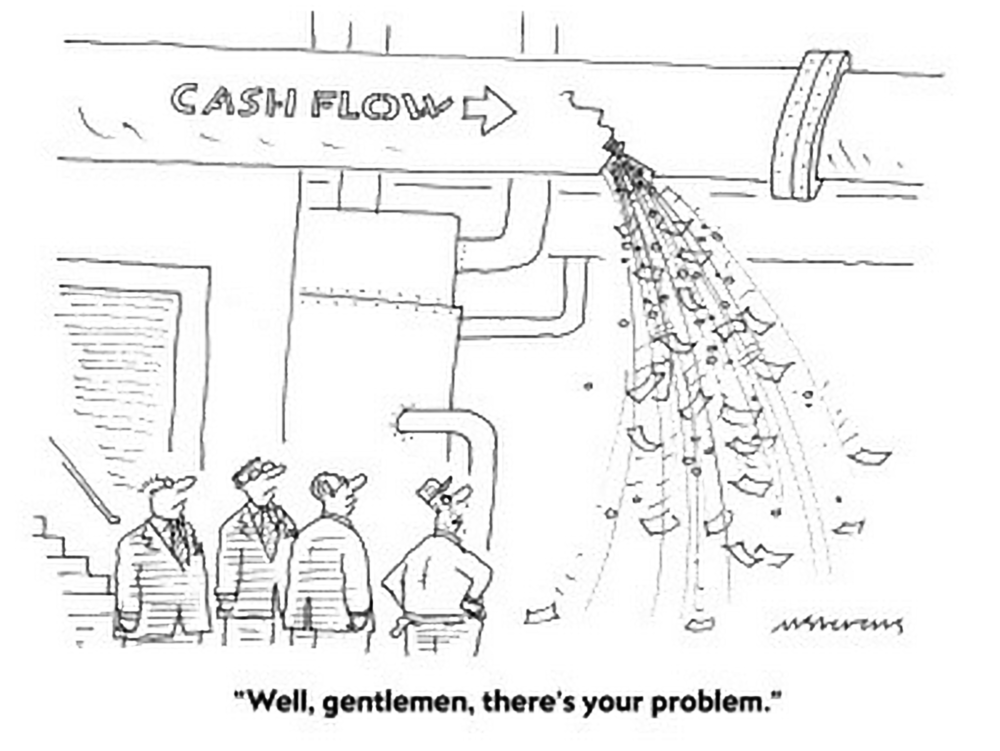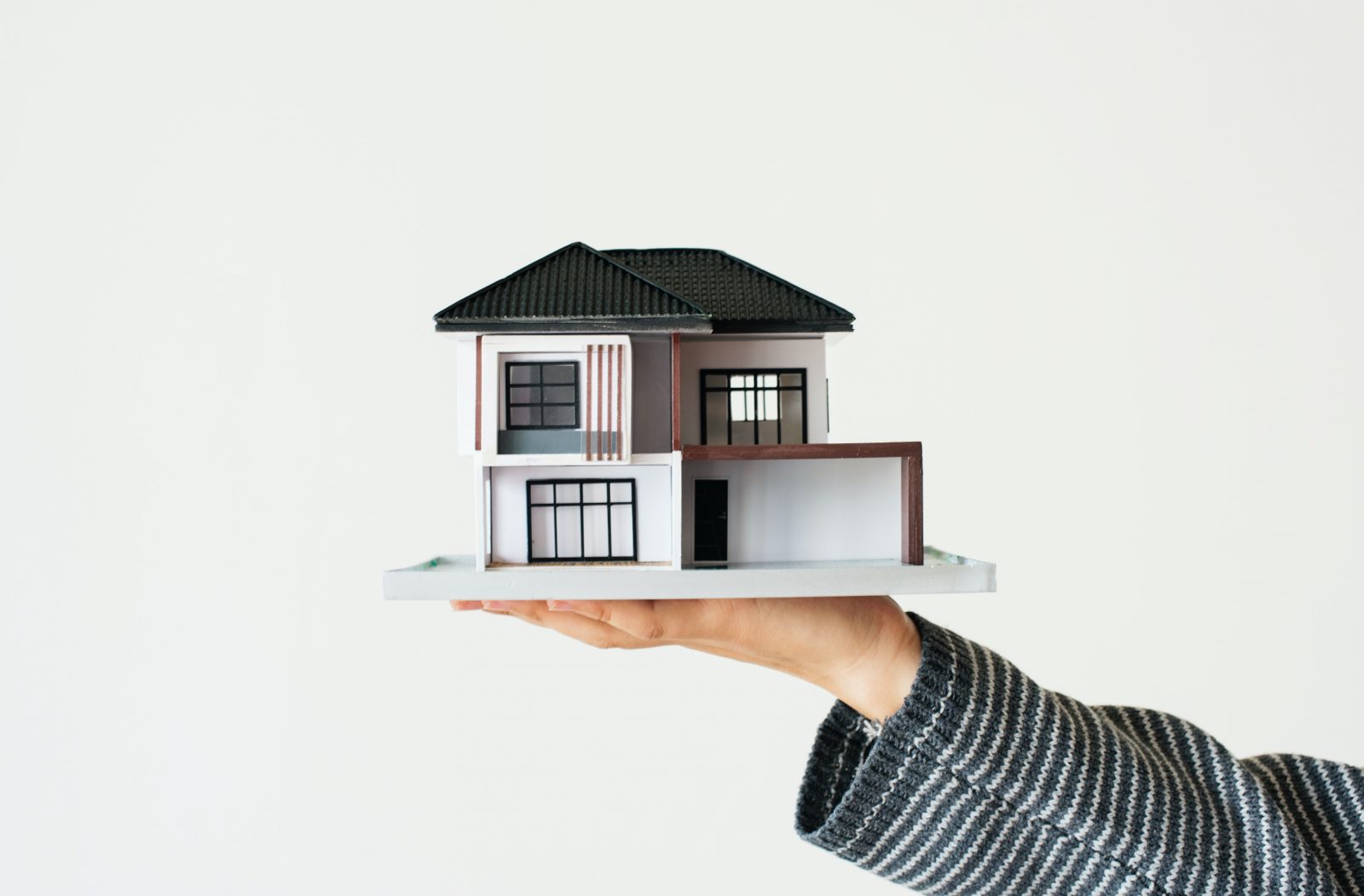Positive Cash Flow Property: Here’s All You Need To Know

Get The Property Insights Serious Buyers Read First: Join 50,000+ readers who rely on our weekly breakdowns of Singapore’s property market.
A seasoned content strategist with over 17 years in the real estate and financial journalism sectors, Ryan has built a reputation for transforming complex industry jargon into accessible knowledge. With a track record of writing and editing for leading financial platforms and publications, Ryan's expertise has been recognised across various media outlets. His role as a former content editor for 99.co and a co-host for CNA 938's Open House programme underscores his commitment to providing valuable insights into the property market.
Singaporeans have a lot of confidence in appreciating property values; and of late they’ve seen more proof than ever; it’s stunning how property prices have managed to keep climbing despite Covid-19.
But just because property prices are rising on the whole, that doesn’t mean every property is appreciating. Real estate is a strange animal, and it’s possible for units across from each other to see $100,000+ differences.
Which is why there are investors out there that are adamant in only investing in a positive cash flow property, rather than focusing on one that has a higher chance of capital gains.
So what is a positive cash flow property?
Simply put, this is a situation where the rental income is greater than the expenses involved. For example, if your rental income is $40,000 per year, and your total expenses (maintenance, mortgage, property tax* etc.) are $35,000 per year, then the property is cash-flow positive.
If you go back to an earlier time, such as two decades ago, this was the expectation among landlords. Property assets were expected to pay for themselves, and generate additional cash on top of it.
Today however, the rental market has softened while property prices have risen. As such, the expectation is that rental income will, at best, offset maintenance costs as well as the interest portion of the mortgage.
Nonetheless, it is possible to find cash-flow positive properties, as rare as they are.
*Don’t forget that at least 15 per cent of gross rental income is tax deductible.
Why is being cash-flow positive a good strategy for new investors?
Pros:
- Tends to be less speculative
- Improves holding power
- You tend to keep within your means, if you follow this strategy closely
- You’re making money from day one
1. Tends to be less speculative
This strategy involves less speculation, as you’re not counting on the appreciation of the property. Regardless of whether the property sells at a profit later, you at least know you’re unlikely to lose money.
Seeking out cash-flow positive properties also tends to mean looking at rental history, and resale units; this means you’re mainly shortlisting properties with a track record.
2. Improves holding power
Assuming there are no vacancies, positive cash-flow gives you more holding power.
For example, say you’re retrenched or have to take a pay-cut.
If your property asset is costing you money every month, there’s a risk that you’ll have to make an urgent sale. But if your property is generating cash each month – or at least paying for itself – you can take your time in securing a better price (or even count on it for supplementary income).
Remember that selling a property within the first three years of acquiring it incurs Sellers Stamp Duty (12 per cent on year one, eight per cent on year two, and four per cent on year three). This means that, if you make a mistake, you might still be inclined to hold on to the property for at least three years before selling.
That’s a lot easier to do when the property is cash-flow positive, instead of costing you money each month.
3. You tend to keep within your means, if you follow this strategy closely
For a property to be cash-flow positive, the maintenance cost and mortgage repayments need to be kept low. It’s just unlikely that you can cover the costs, if you borrow a huge amount.
The process of shortlisting these properties also makes you pay attention to recurring costs that others miss; such as the maintenance fees, or the Annual Value (AV) that determines the tax rate. This awareness helps to keep your costs down.
4. You’re making money from day one

This is probably the most important element for new investors. After forking out a huge down payment, renovating the unit, marketing to get tenants, etc., your bank account may be looking a little empty.
Generating positive cash-flow means you can start replenishing your funds immediately, and start on important safety measures like an emergency fund (e.g. building up six months’ worth of the mortgage for a crisis).
If you service the loan in cash, it also means your lifestyle won’t be impacted.
That said, this investment strategy is not without its drawbacks
There are a few important things to be aware of:
- Properties can be cash-flow positive, but not appreciate well
- It might mean a bigger cash outlay
- It can lead to more risk if followed blindly
1. Properties can be cash-flow positive, but not appreciate well
Consider if a property generates just a small amount, like $200 a month after costs. But after 15 years, it sells for the same price you bought it, or even less. This is a real possibility with certain properties, such as 30- or 40-year-old leasehold units.
(See below)
This sort of scenario might give your financial planner a panic attack; especially if you’re young, and need to deal with long term inflation.
2. It might mean a bigger cash outlay

Investors who follow this strategy often put down a bigger down payment. This is to reduce the monthly loan repayments, and ensure positive cash flow. This means tying up more of your capital, which can’t be invested elsewhere.
To some investors, the whole point of property investing is the amount of leverage available (i.e. the cheap home loan). This approach may be unattractive to them, even if it generates positive cash flow.
3. It can lead to more risk if followed blindly
One big point you need to know is this:
Just because a property is initially cash flow positive, it doesn’t mean it always will.
Say you buy an old property with just 40 years on the lease, because the quantum is low (it’s cheap due to lease decay).
Later, it stops being cash-flow positive. Perhaps the tenants aren’t coming due to Covid-19, or the maintenance climbs due to age and wear.
In such a scenario, you’d face a serious challenge in trying to sell the property. Your subsequent buyer may not even be able to secure full financing, due to the limited lease. As such, you may end up selling at a capital loss; one that isn’t made up for by the accumulated rental income.
As such, this is not a strategy that should be followed blindly – avoid extremes of buying very old or undesirable properties, just because of (currently) positive cash flow.
But how do you determine if a property will be cash-flow positive?
There’s no guaranteed way to know if a property will be cash-flow positive all the time. It’s more practical to aim for a property that is cash-flow positive most of the time.
This is because the interest rates of the home loan will fluctuate, and may rise later. You also need to factor in the possibility of vacancies, tenants who are in arrears, or unexpectedly high maintenance costs (e.g. someone burns down the kitchen stove).
That being said, there are two general ways to spot potential positive cash-flow:
Method #1: Just buy a property that is already cash-flow positive
This is the most straightforward method. Find a property that’s already tenanted, check that the rental income is higher than the costs, and buy it over.
But this is easier said than done. The existing landlord might charge a sky-high premium for their cash-flow positive property; even if you can find such a unit.
Method #2: Compare the estimated costs with the rental history of the unit
Let’s say you expect to borrow $700,000 to purchase the property. On a 25-year loan tenure at 1.3 per cent interest, the monthly loan repayment is about $2,734.
Say the monthly maintenance cost is about $300. This means the overall expenses are around $3,034.
We will pad this amount by another 10 per cent, and estimate it at $3,337 (this is to account for other unexpected costs, such as having to fix appliances, changing interest rate, etc.)
If the average rental income of the unit is $3,400 per month, this would be a cash-flow positive property; albeit not by a huge margin.

To conclude, while it is always good to have a positive cash flow property, don’t let the hunt for one blind you from those that may have negative cash flow now but will actually have much better chances of capital gain in the future. A healthy cash flow is definitely important to help you sustain your portfolio, but it isn’t the be all and end all for a property investor.
Anyhow, for those on a look out for a positive cash flow property – We’re going to help identify some of these cash-flow positive properties for you
Over the next few weeks, we’re going to identify some properties with potentially positive cash-flow. Like us on Facebook, and you’ll see the updates as we post them.
You can also follow our reviews on Stacked, as we examine new and resale units in Singapore’s private property market.
If you’d like to get in touch for a more in-depth consultation, you can do so here.
Have a real estate question, or not sure what your options are? Email us at stories@stackedhomes.com.
Ryan J. Ong
A seasoned content strategist with over 17 years in the real estate and financial journalism sectors, Ryan has built a reputation for transforming complex industry jargon into accessible knowledge. With a track record of writing and editing for leading financial platforms and publications, Ryan's expertise has been recognised across various media outlets. His role as a former content editor for 99.co and a co-host for CNA 938's Open House programme underscores his commitment to providing valuable insights into the property market.Read next from Property Advice

Property Advice Should We Buy An Old 99-Year Leasehold Condo To Live In: Will It’s Value Fall When The Lease Runs Out?

Property Advice We Own A $800K 1-Bedder And A $1.1M 3-Bedder: Is It Possible To Upgrade To A 4-Bedder Condo?

Property Advice I Own A 55-Year-Old HDB Flat, But May Have To Sell — Can I Realistically Buy A Freehold Condo With $700K?

Property Advice We Own A 2-Bedder Condo In Clementi: Should We Decouple To Buy A Resale 3 Bedder Or Sell?
Latest Posts

Pro How A 625-Unit Heartland Condo Launched In 2006 Became One Of 2025’s Top Performers

Property Investment Insights Does Buying A One-Bedroom Condo Still Make Sense As An Investment In 2026

Property Market Commentary Why This Once-Ulu Town In Singapore Is Going To Change (In A Big Way)

Singapore Property News This HDB Just Crossed $1.3M For The First Time — In An Unexpected Area

Singapore Property News “I Never Thought I’d Be Sued by a Tenant.” What Long-Time Landlords in Singapore Miss

Property Market Commentary I Lived In Bayshore When It Was ‘Ulu’. Here’s How Much It Has Changed

Singapore Property News HDB Resale Prices Finally Slowed in 2025 — Will It Continue in 2026?

Singapore Property News Breaking News: District 23 Condo Sells Out In Under Two Years At $2,120 Psf Average

On The Market Here Are The Cheapest 3-Bedroom Condos in Central Singapore You Can Still Buy From $1.15M

Property Market Commentary Why The Singapore Property Market Will Be Different In 2026 — And It’s Not Just About Prices

Editor's Pick 2025 Year-End Review Of The Singapore Property Market: What The Numbers Reveal

Pro This 21-Year-Old Condo Didn’t Sell Out Initially, Yet Became A Top Performer

Editor's Pick How The HDB Resale Market Performed In 2025, And What It Means For 2026 Prices

Editor's Pick 4 Key Trends Reshaping Singapore’s New Launch Condo Market In 2026

Editor's Pick What I Only Learned After My First Year Of Homeownership In Singapore



